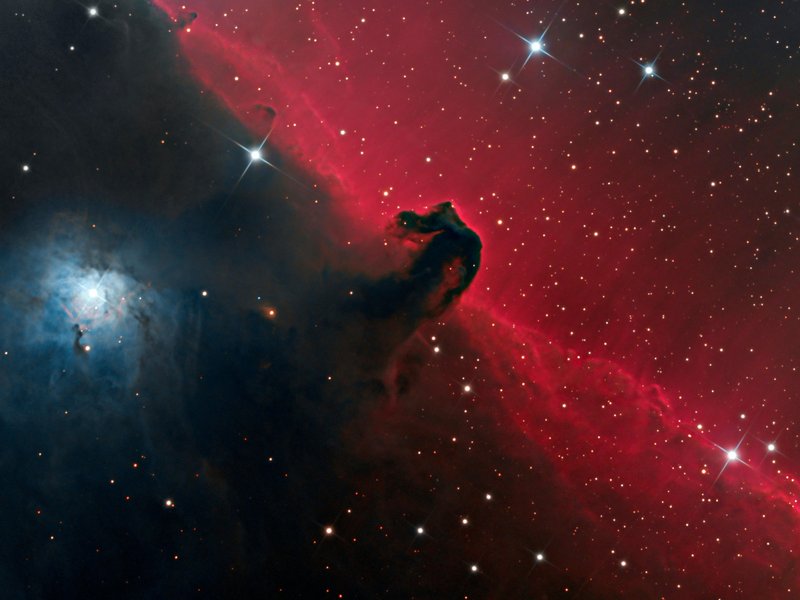Scientists Are Searching for Space Chemicals That Could Never Exist on Earth
Bizarre chemicals in deep space could help explain the origins of life

Every molecule in the universe vibrates in its own particular way, depending on how its atoms are arranged. By studying the electromagnetic radiation stars and nebulas emit, astronomers can extrapolate all kinds of information from millions of miles away, down to their chemical makeup.
As is turns out, the seemingly countless combinations of chemical compounds found on Earth are just a tiny fraction of what scientists are finding in space. Many of these space compounds could never exist on Earth and could hold clues for how the building blocks of life came to be, Clara Moskowitz writes for Scientific American.
Until the late 1960s, scientists doubted that molecules could exist in interstellar space at all, rationalizing that the conditions were much too harsh for chemical compounds. But in 1968, a physicist at the University of California, Berkeley named Charles Townes decided to take a look anyway.
After upgrading the six-meter antenna at California’s Hat Creek Radio observatory, Townes discovered traces of ammonia in the Sagittarius B2 cloud, Moskowitz writes.
“How easy, and how exciting!” Townes wrote for the Astronomical Society of the Pacific in 2006. “The news media as well as scientists began buzzing us.”
Scientists realized that space was full of chemicals. Since Townes’ discovery, astronomers have identified more than 200 different types of compounds floating around in space, often very different than what scientists see on Earth. But even if scientists can recreate the chemicals in a lab, sometimes it’s still unclear what the chemical actually is, Mozkowitz reports.
“You can get to the point where you’ve produced in the lab the same molecule that’s occurring in space but you don’t necessarily know what the molecule is,” physicist Michael McCarthy, who works at the Harvard–Smithsonian Center for Astrophysics tells Moskowitz. “So then you have to try to infer the elemental composition from a combination of different laboratory experiments with different samples.”
This kind of forensics work led astrochemists to believe that the Horsehead Nebula could be a giant, naturally-occurring petroleum refinery. In 2011, astronomers at the Institute of Millimeter Radioastronomy (IRAM) puzzled over a strange wavelength appearing in readings from the enormous cloud of dust and gas. Analysis showed it was most likely a molecule called C3H+, or propynylidyne, which is found in oil and natural gas on Earth, Philippa Warr wrote for Wired in 2012.
This hunt for new chemicals also yields insights into how the basic building blocks of life might have formed. Scientists propose that one type of these blocks, or amino acids, form in molecular clouds as stars are born and are then carried to Earth by comets or asteroids.
Astronomers have found evidence of amino acids in space, but more research needs to be done to say for sure how they form and if they are unique to Earth, Moskowitz writes.
Whatever the origins of life are, it’s clear that scientists have a lot to learn from the strange chemicals floating between the stars.
Read more: http://www.smithsonianmag.com/smart-news/scientists-are-searching-space-chemicals-could-never-exist-earth-180957595/#72FOztoxqIqpzzKX.99
Give the gift of Smithsonian magazine for only $12! http://bit.ly/1cGUiGv
Follow us: @SmithsonianMag on Twitter